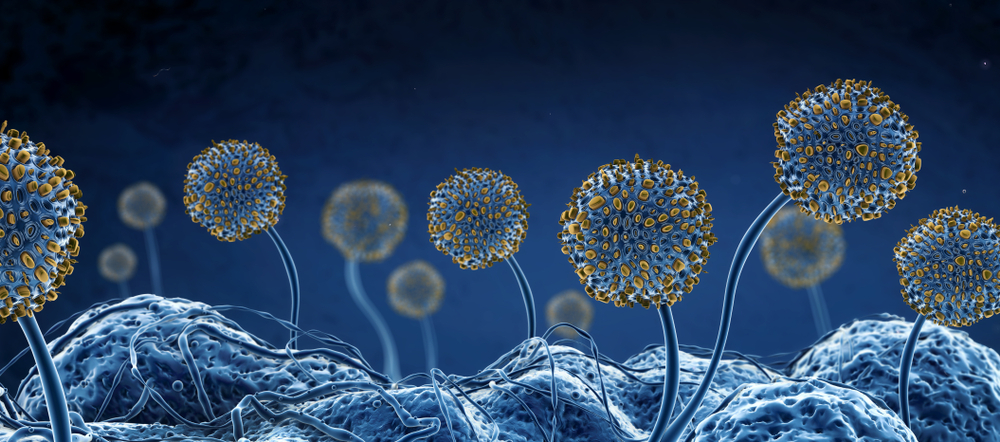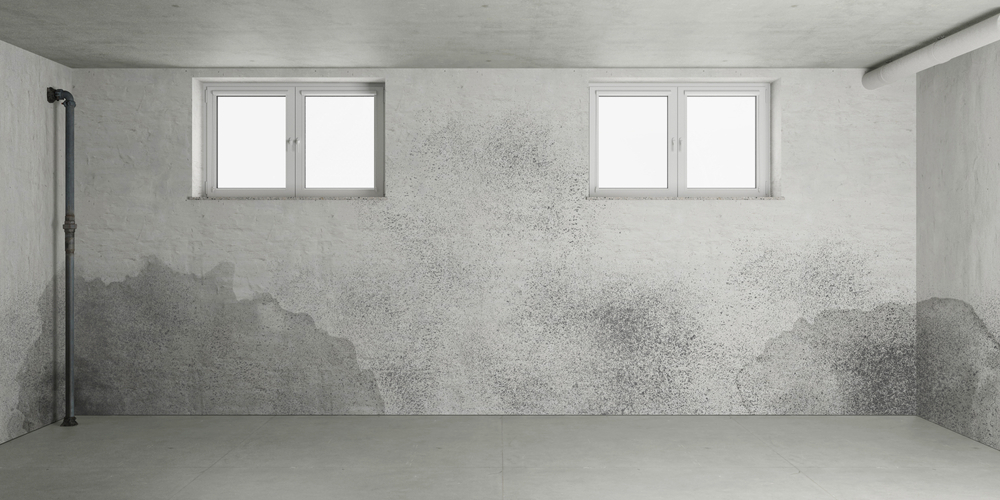
The growth of mold presents a major problem for homeowners, as it not only endangers their health but also puts their property at risk. The harmful consequences of mold, including respiratory issues and structural damage, make prevention a top priority. By teaming up with a reliable mold inspection and testing company, homeowners can receive expert advice and specialized services to detect possible mold risks and create thorough prevention strategies.
Understanding the Causes of Mold Growth
Moisture: The Primary Catalyst
One of the main factors contributing to mold growth is moisture. Homeowners can take proactive steps to prevent mold from thriving in their homes by understanding common moisture sources. Identifying sources such as plumbing leaks, water damage, and high humidity levels is crucial in addressing the issue. If left unattended, plumbing leaks can create a damp environment that promotes mold growth.
Regularly inspecting the plumbing system and promptly repairing any leaks can significantly reduce the risk of mold infestation. Water damage from flooding, roof leaks, or even condensation can also create an ideal environment for mold to grow. Addressing and mitigating water damage immediately is essential in preventing mold growth. Moreover, high humidity levels can contribute to mold formation. Monitoring and controlling indoor humidity using dehumidifiers and proper ventilation can prevent mold growth.
Poor Ventilation
Inadequate air circulation can lead to moisture buildup and create an environment favorable for mold growth. Homeowners must recognize the importance of proper ventilation and implement strategies to ensure adequate airflow. Installing exhaust fans in high-moisture areas like bathrooms and kitchens can help remove excess moisture and prevent mold formation. Moreover, opening windows and using fans can promote cross-ventilation, reducing moisture levels and preventing stagnant air.
Building Materials and Construction
Certain building materials have a higher tendency to absorb moisture, making them more susceptible to mold growth. Homeowners must be aware of these materials and take preventive measures when choosing or using them in construction or renovation projects. Materials such as drywall, carpeting, and insulation can act as moisture reservoirs if not properly installed or maintained.
Opting for mold-resistant materials and ensuring proper installation techniques can significantly reduce the risk of mold growth. Moreover, being mindful of construction practices promoting mold growth, such as inadequate sealing around windows and doors or improper grading around the foundation, can help homeowners avoid mold issues.
Implementing Effective Moisture Control Measures

Regular Inspections and Maintenance
Routine inspections are crucial in identifying potential issues contributing to mold growth. Homeowners should regularly inspect their homes for plumbing leaks, water damage, and other signs of moisture intrusion. Addressing and repairing these issues can prevent mold growth and mitigate further damage. Moreover, maintaining gutters and downspouts ensures proper water drainage, reducing the risk of moisture buildup around the foundation. Inspecting and cleaning gutters regularly, especially during the rainy season, is an important preventive measure.
Proper Moisture Management
Controlling indoor humidity levels is key to preventing mold growth. Homeowners can utilize dehumidifiers to reduce excess moisture in the air, particularly in high-humid areas. Using exhaust fans in bathrooms, kitchens, and laundry rooms helps remove moisture generated from activities like showering and cooking. Proper ventilation in these areas is essential to prevent condensation and dampness. Keeping furniture and belongings away from walls is also recommended to allow airflow and prevent moisture accumulation.
Effective Water Damage Response
In the event of water damage, it is crucial to act quickly and efficiently to minimize the risk of mold growth. Homeowners should promptly address and repair any leaks or water intrusions. Thorough drying of affected areas, including carpets, furniture, and walls, is essential. Professional water extraction and drying equipment can help prevent lingering moisture that may lead to mold problems. It is important to note that if water damage is extensive or beyond the homeowner's capabilities, seeking professional assistance is advisable to ensure proper mitigation.
Maintaining a Clean and Dry Home Environment

Regular Cleaning Practices
Regular cleaning keeps your home looking fresh and helps prevent mold growth. Dusting and vacuuming, including carpet cleaning help remove mold spores and other allergens contributing to indoor air quality issues. Paying attention to areas prone to moisture, such as bathrooms and kitchens, and using mold-inhibiting cleaning products can further minimize the risk of mold growth. Cleaning and disinfecting surfaces regularly, especially in moist areas, can inhibit mold growth and prevent its spread.
Proper Storage and Organization
Improper storage and clutter can impede proper airflow and create areas of trapped moisture, providing an ideal environment for mold growth. Homeowners should maintain organized spaces and ensure that items are stored appropriately, allowing air to circulate freely. Only store items in damp or humid areas like basements or attics if properly sealed and protected. Storage solutions such as airtight containers and shelves can help prevent moisture buildup and discourage mold growth.
Final Thoughts
By understanding the causes of mold growth and implementing effective preventive strategies, homeowners can create a healthy living environment and minimize the risk of mold-related issues. Regular inspections, proper moisture control, and maintaining cleanliness and organization are all crucial aspects of mold prevention. Taking proactive measures not only safeguards your property but also contributes to the well-being and comfort of your family. Homeowners can enjoy a safe and mold-free home for years by prioritizing mold prevention.
